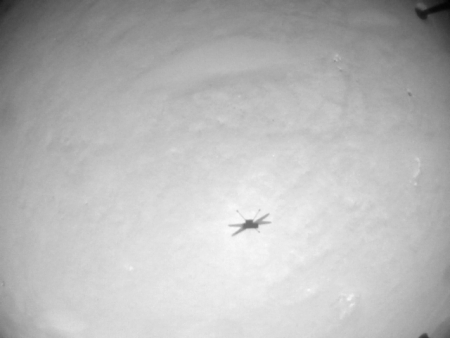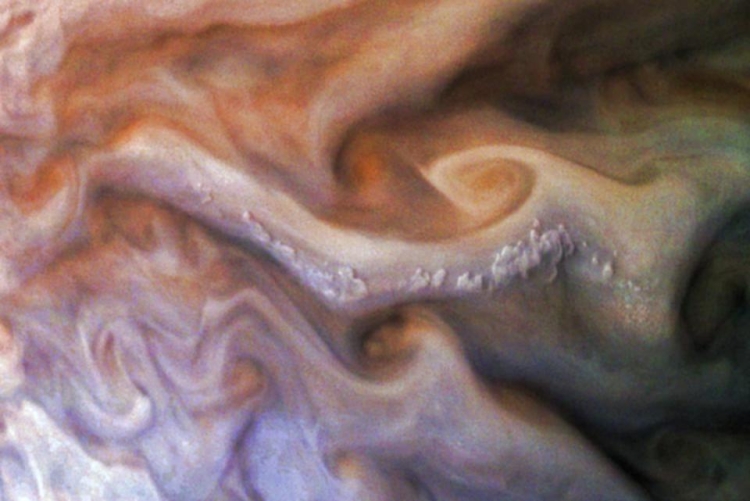China’s Kuaizhou-1A solid rocket successfully launches a remote sensing satellite
China’s Kuaizhou-1A smallsat solid rocket today successfully launched a commercial remote sensing satellite.
This launch, the 38th successful launch this year by China, ties its previous high in 2018. The country had two additional launches this year, but those were failures.
The leaders in the 2021 launch race:
38 China
23 SpaceX
17 Russia
4 Northrop Grumman
4 ULA
4 Arianespace (Europe)
China now leads the U.S. 38 to 36 in the national rankings.
China’s Kuaizhou-1A smallsat solid rocket today successfully launched a commercial remote sensing satellite.
This launch, the 38th successful launch this year by China, ties its previous high in 2018. The country had two additional launches this year, but those were failures.
The leaders in the 2021 launch race:
38 China
23 SpaceX
17 Russia
4 Northrop Grumman
4 ULA
4 Arianespace (Europe)
China now leads the U.S. 38 to 36 in the national rankings.









